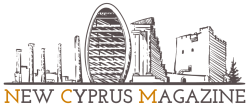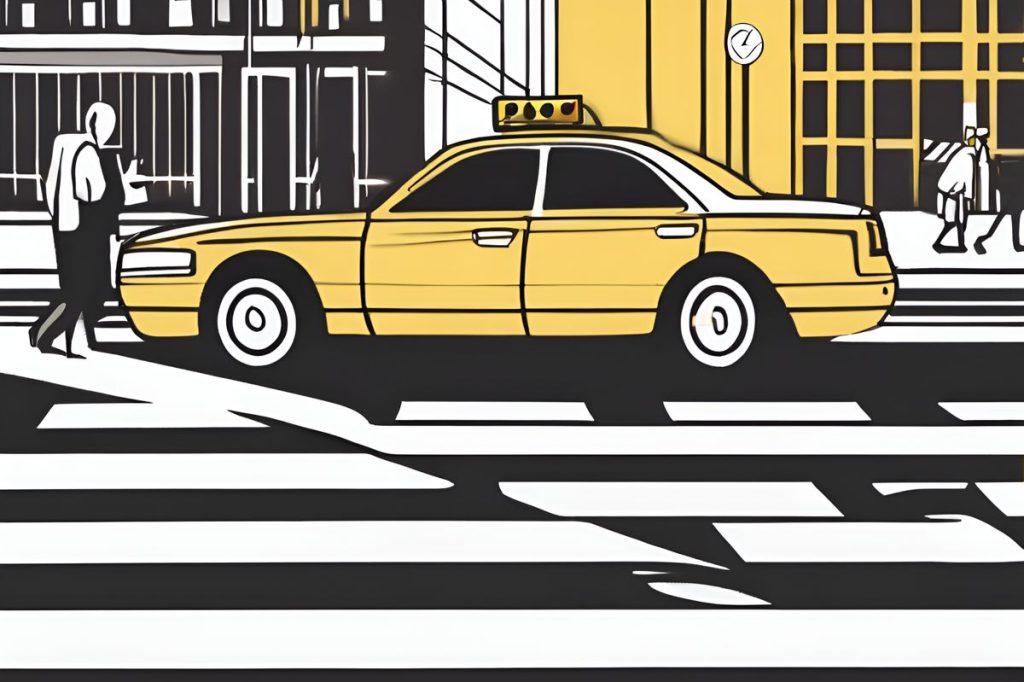Drivers are advised to slow down, maintain safe distances, and obey traffic signs. Pedestrians should stay visible, use designated crossings, and be extra cautious around reversing vehicles to ensure a safe Holy Week for all.
What are the safety measures for pedestrians and drivers during Holy Week?
- Drivers should lower speeds, maintain safe distances, and obey traffic signs.
- Avoid parking on streets and sidewalks to prevent obstructions.
- Be extra cautious when reversing vehicles, checking for pedestrians.
- Pedestrians should stay visible, use crossings, and be extra vigilant around cars.
As Holy Week, Easter, and the Resurrection dawn upon us, the anticipated surge of faithful flocking to churches to partake in the celebratory rites is a given. This annual pilgrimage, while steeped in tradition and community spirit, brings with it a heightened risk of traffic-related incidents, particularly affecting vulnerable groups like pedestrians, the elderly, and children. To mitigate these risks, adherence to a series of precautionary measures is paramount.
Tips for Drivers: Enhancing Pedestrian Safety
In the cover of night, visibility dwindles, compounded by the likelihood of pedestrians traversing in dark attire, rendering them less distinguishable. Drivers are therefore implored to exercise heightened caution and vigilance behind the wheel. This includes maintaining a prudent, reduced speed enabling timely halts when necessary. A safe following distance from the vehicle ahead, adherence to road signs, and compliance with the traffic code are non-negotiable staples of safe driving during this period.
The Perils of Improper Parking
The act of vehicle parking, while seemingly mundane, can have severe ramifications if not done considerately. Parking in designated areas not only safeguards the driver but also ensures the well-being of other road users. Conversely, parking on streets and sidewalks, though often convenient, poses significant threats. It can lead directly to traffic accidents and severe injuries by obstructing the safe flow of both vehicular and pedestrian traffic and by diminishing overall visibility on the roads.
Reversing Vehicles: A Call for Awareness
A particular scenario warranting special attention is the reversal of vehicles. In these instances, the risk of an accident is acute, with the potential of unsuspecting pedestrians becoming unintended victims. Drivers must be acutely aware of their surroundings before and during reversing maneuvers to prevent such mishaps.
Pedestrian Vigilance: Staying Visible and Safe
Pedestrians are not exempt from exercising caution. With the enveloping darkness, their visibility to drivers is significantly compromised. It is crucial for those walking to remain alert and conscientious of their environment, especially when in the vicinity of moving vehicles. When escorting children or individuals with mobility concerns, the level of vigilance should be even higher. Using pedestrian crossings when available, choosing to cross in well-lit areas, and avoiding the shadows of parked cars are advised. Moreover, it is wise to check for any indication of a driver in a stationary vehicle who may be preparing to move.
Through collective adherence to these guidelines, the Holy Week can be observed in a manner that is both reverent and safe for all.
During Holy Week, it is important for drivers to slow down, maintain safe distances, and obey traffic signs to keep pedestrians safe. Pedestrians should use designated crossings, stay visible, and be cautious around reversing vehicles. By following these safety measures, everyone can have a safe Holy Week.

